
Jurgów
Elaboration author
Emilia Karpacz
Monuments
Parishes
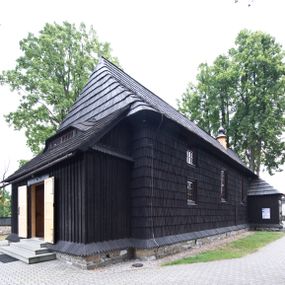
St. Sebastian's Parish Church in Jurgów
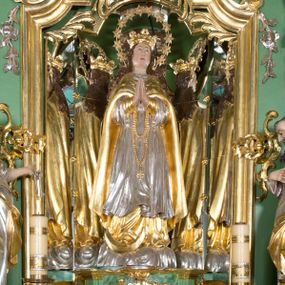
Our Lady of the Rosary
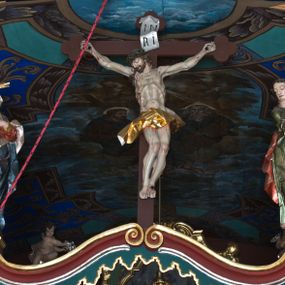
Crucifixion Group
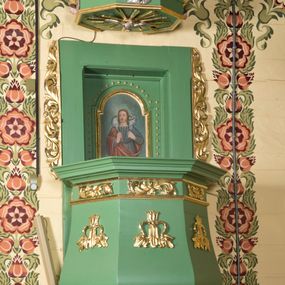
Pulpit
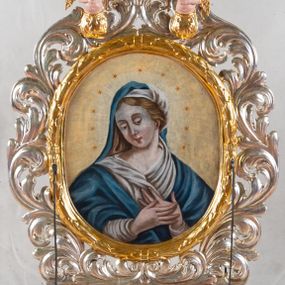
Madonna, St. Sebastian
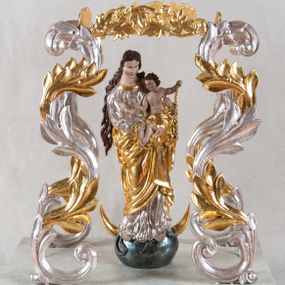
Madonna and the Child
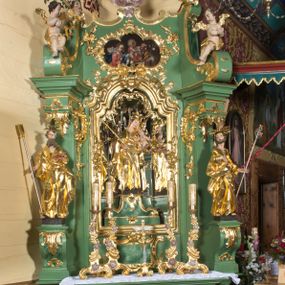
Left side altar of Our Lady with the Christ Child
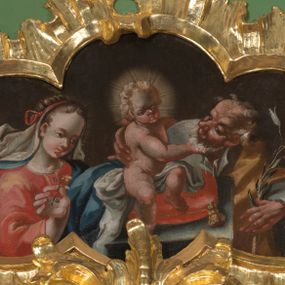
Holy Family
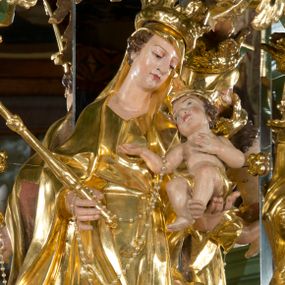
Madonna and the Child
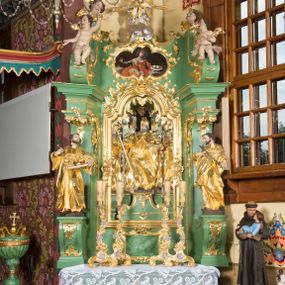
Right side altar of St. Nicholas
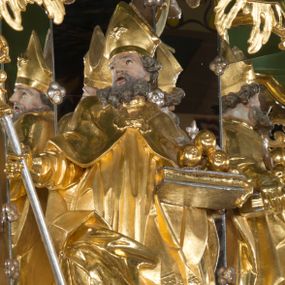
St. Nicholas
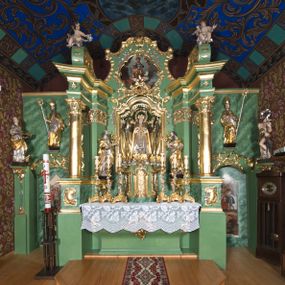
High altar
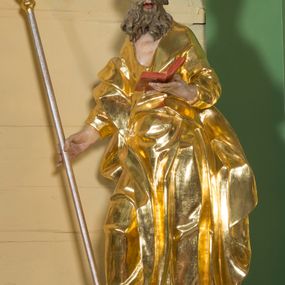
St. Joachim
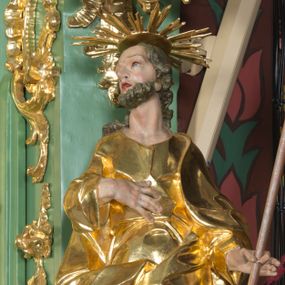
St. Joseph
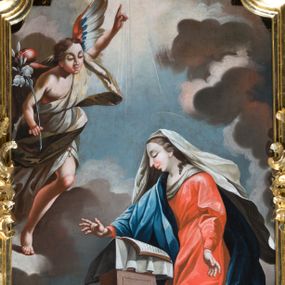
Annunciation
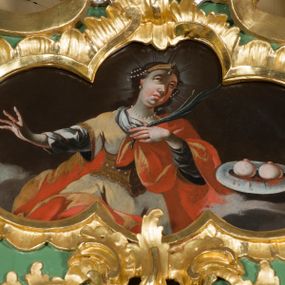
St. Agatha
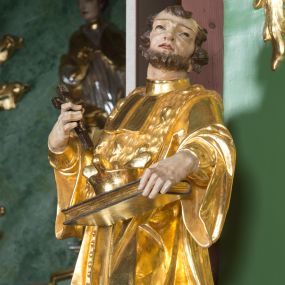
St. John of Nepomuk
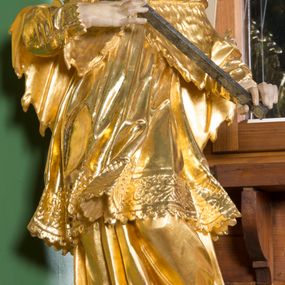
St. Charles Borromeo (formerly St. Blaise)
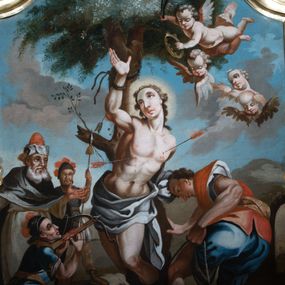
St. Sebastian
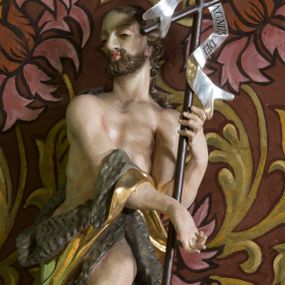
St. John the Baptist
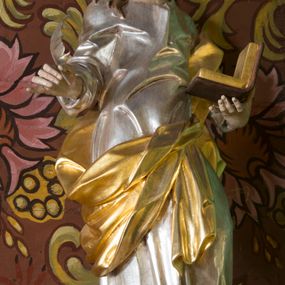
St. John the Evangelist
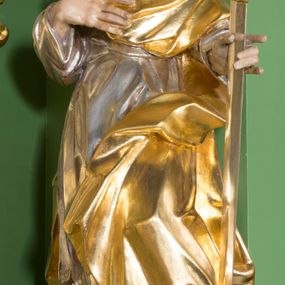
St. Paul
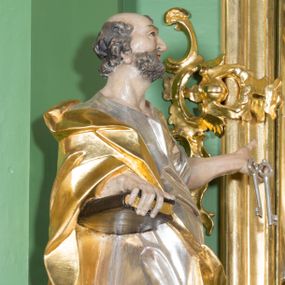
St. Peter
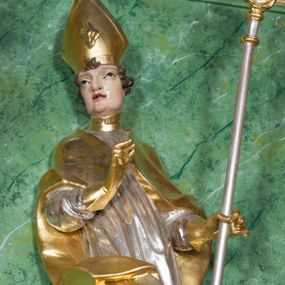
St. Stanislaus
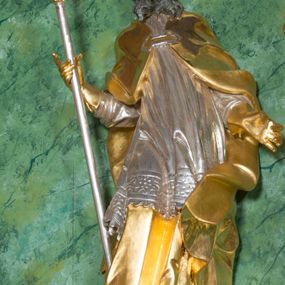
St. Adalbert
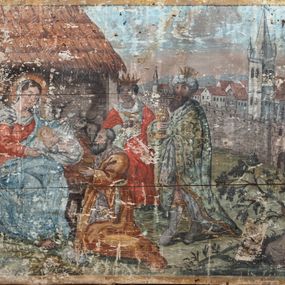
Adoration of the Magi
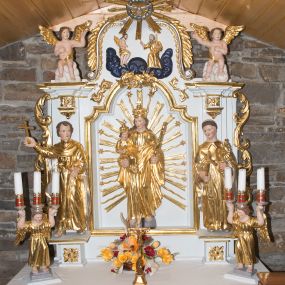
Altar of Our Lady of the Immaculate Conception
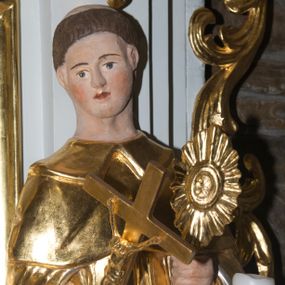
St. Hyacinth of Poland
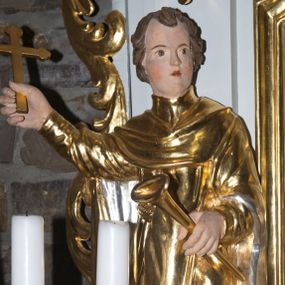
St. Vincent Ferrer
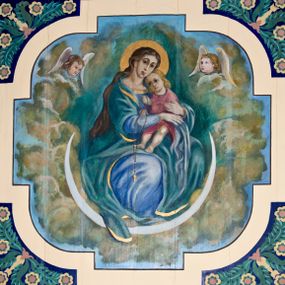
Wall polychrome
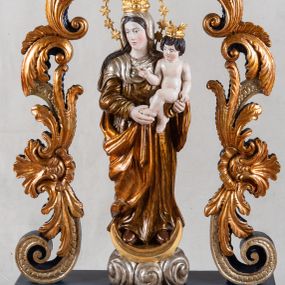
Our Lady of the Immaculate Conception
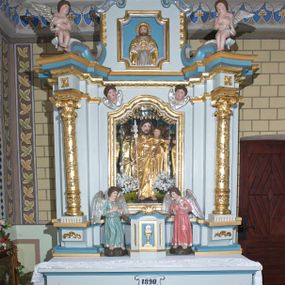
St. Joseph's altar
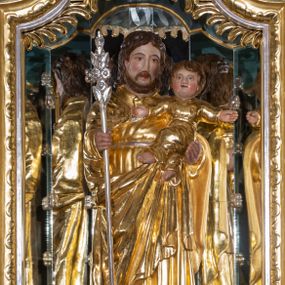
St. Joseph
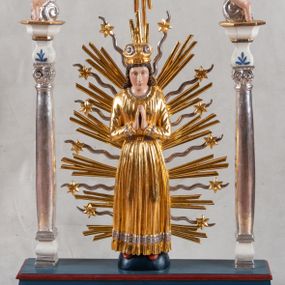
Our Lady of the Immaculate Conception
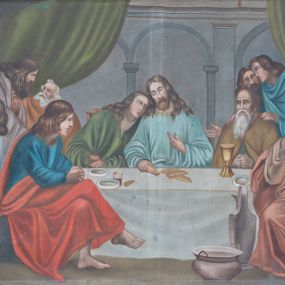
The Last Supper
History abstract
Jurgów was founded under Vlach law around 1546. The name of the village probably derives from the name of the founder and the first village leader, Jurek. The village was founded in The Dunajec demesne, which practically covered the entire area of Zamagurie region. The owner of the estate at the time of the foundation of Jurgów was Jerome Łaski. In 1598, he sold the Dunajec demesne to George (György) Horváth-Palocsay. The turn of the 16th and 17th centuries was a time of religious unrest in the Spiš region. George Palocsay was a Lutheran. In accordance with the principle of "cuius regio, eius religio" ("whose realm, his religion") he deprived Catholics of almost all churches in the vast Dunajec demesne and brought there Lutheran pastors. The inhabitants of Jurgów did not have their own parish temple at that time. The church in Jurgów was a branch church of the parish in Łapsze Wyżne. Subsequent heirs, Stefan and Andrew Palocsay returned to Catholicism and in 1638 they supported the Spiš provosts in restoring the former religious order in the Spiš region. Subsequent anti-Catholic movements by the Hungarian gentry (the Thököly and Rákóczi uprisings) resulted in repressions of Hungary by Vienna, and the deterioration of economic situation of landowners. The latter tried to recover their losses by increasing the burden on their subjects. There was no manor farm in Jurgów, and therefore, initially, the crisis did not affect them so much. Only after the enfranchisement reform of 1848, did they lose access to parts of the pastures previously used under easement in the Jaworzyńskie Tatra Mountains. The site census of the Jurgów land was carried out in 1859, when the owner of the estate was Ferdinand Palocsay's daughter, Kornelia Salamon. In 1862, the Niedzica estate was inherited by her children from a relationship with Alexei Salamon. In 1879, the Jaworzyna estate was bought by a Prussian prince, Christian Hohenlohe. The inhabitants of Jurgów grazed sheep on his lands in exchange for labour. In 1920, the Polish-Slovak border separated Jurgów from the Jaworzyńskie estate. Despite an international agreement regulating the issue of cross-border grazing of animals, sheep breeding in Jurgów collapsed. During World War II, the Spiš region was occupied by Slovakia under the ministry of Father Tiso and in alliance with the Third Reich. The period between 1939 and 1945 was the time of intensive Slovakisation in this area. After the war, the status quo of 1920 was reinstated concerning the issue of borders.
How to cite?
Emilia Karpacz, "Jurgów", [in:] "The Sacred Lesser Poland Heritage", 2026, source: https://sdm.upjp2.edu.pl/en/places/jurgow-1